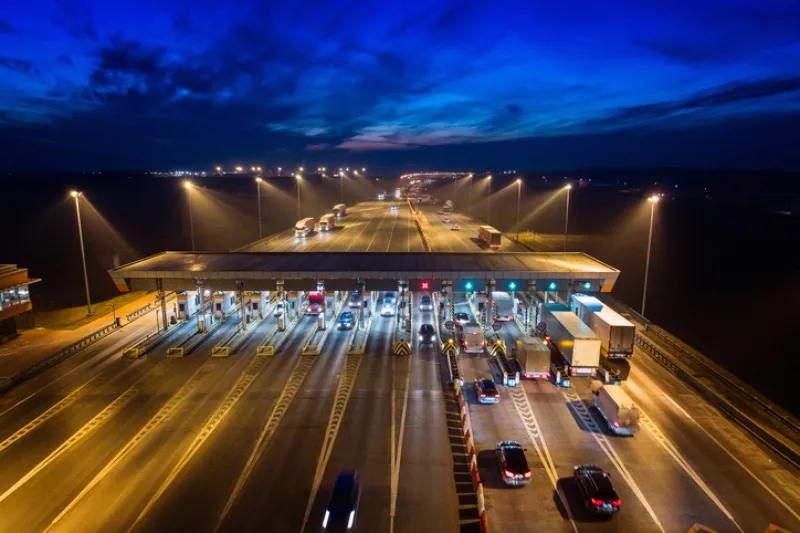
Investors Should Utilize Defensive Nature of Infrastructure Debt in Trying Times
The protection that the asset class provides from inflation and volatility makes it an increasingly attractive strategy play.
John Crabb
November 26, 2025



